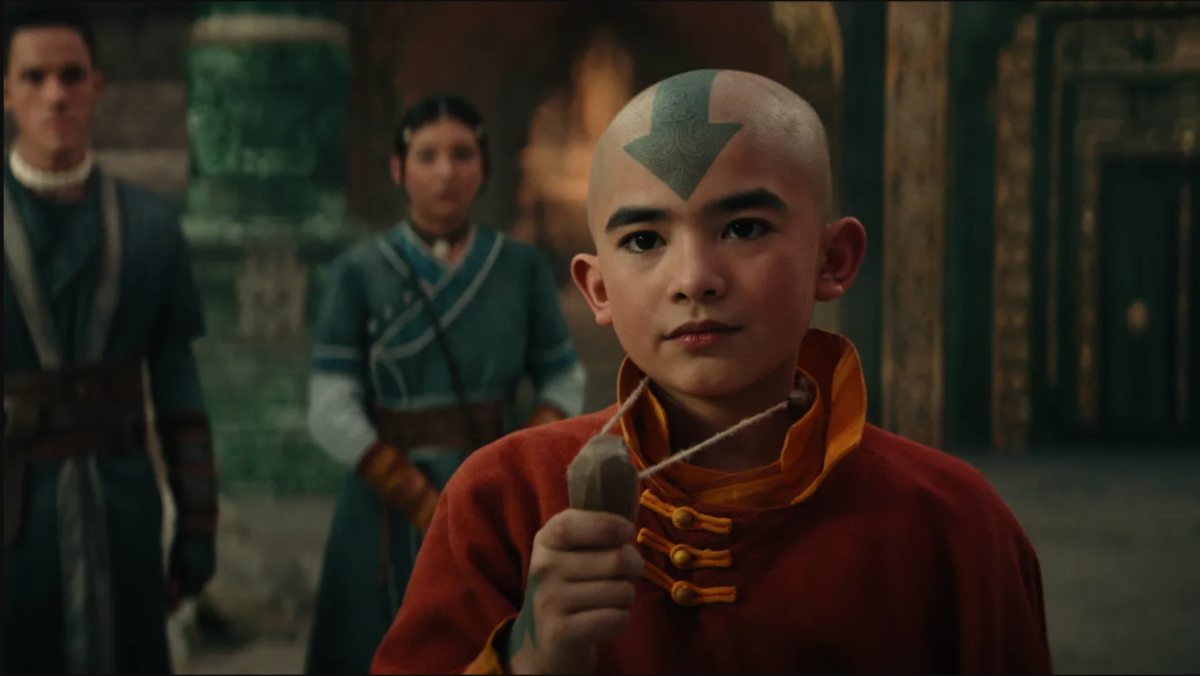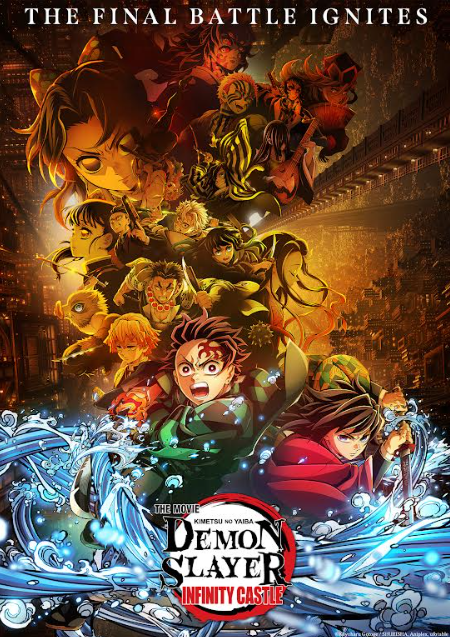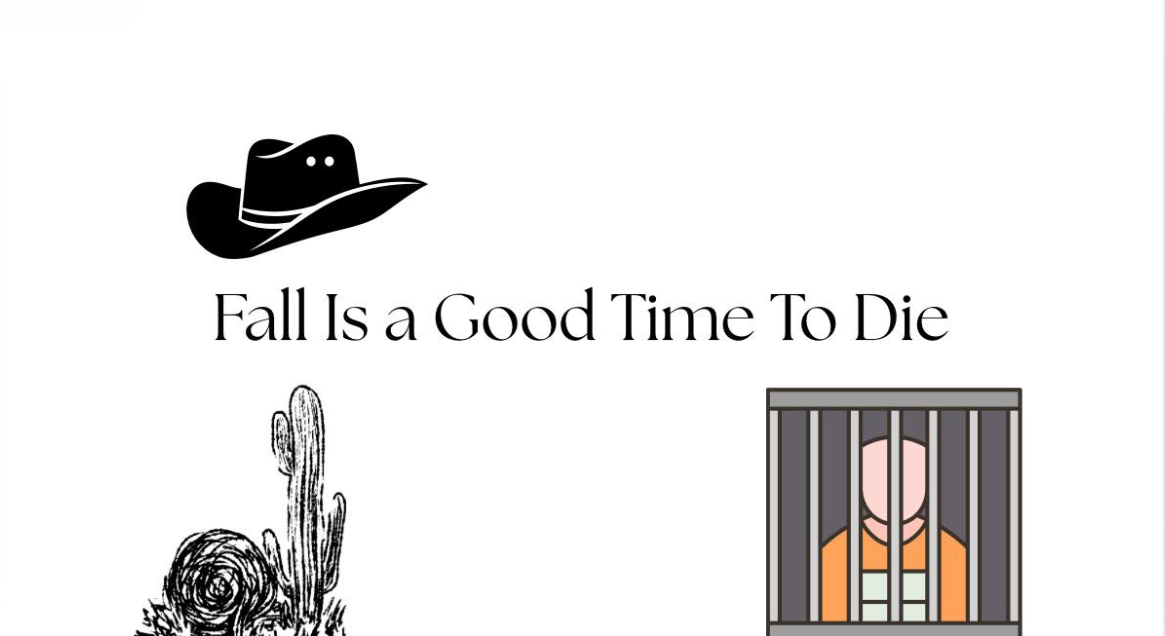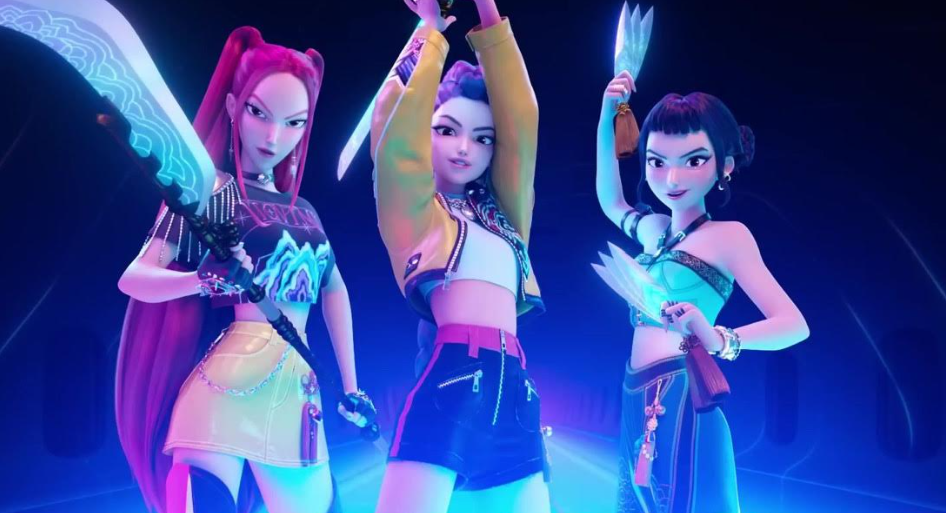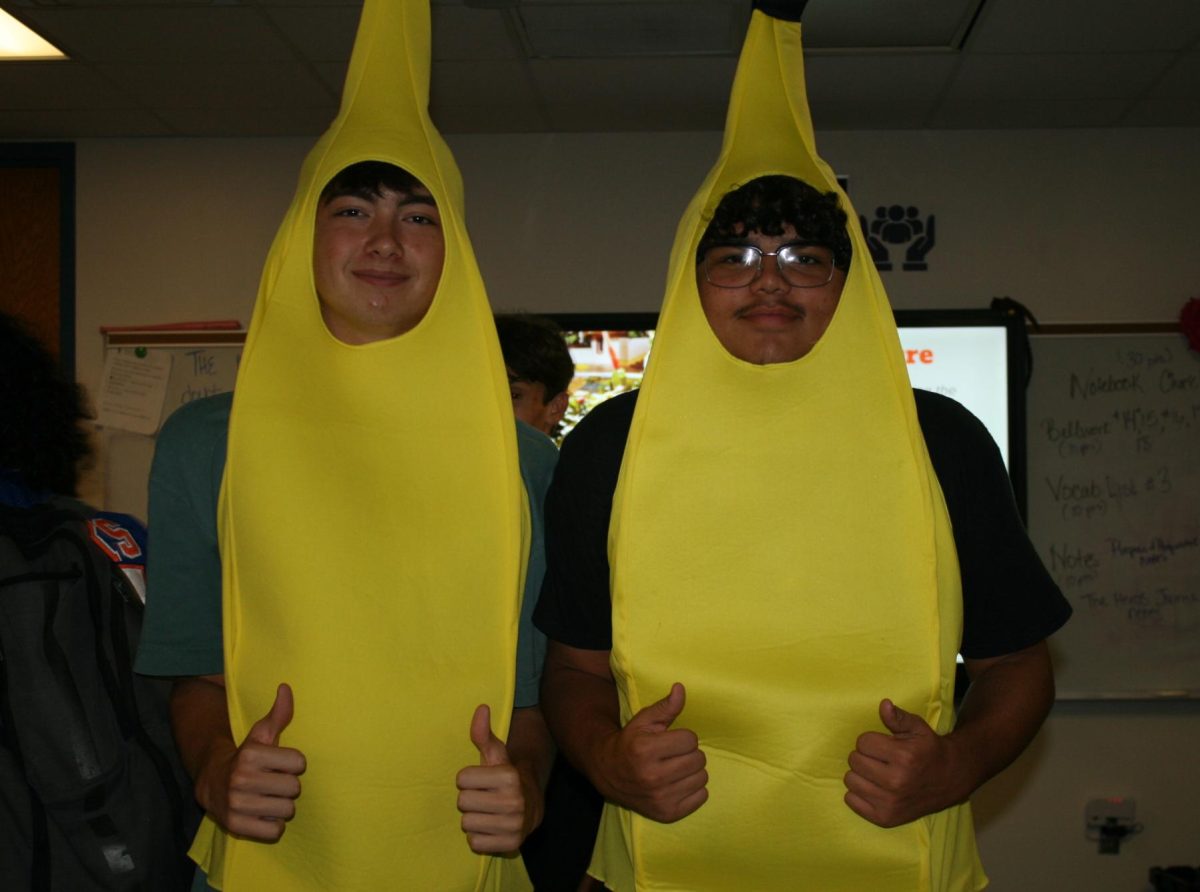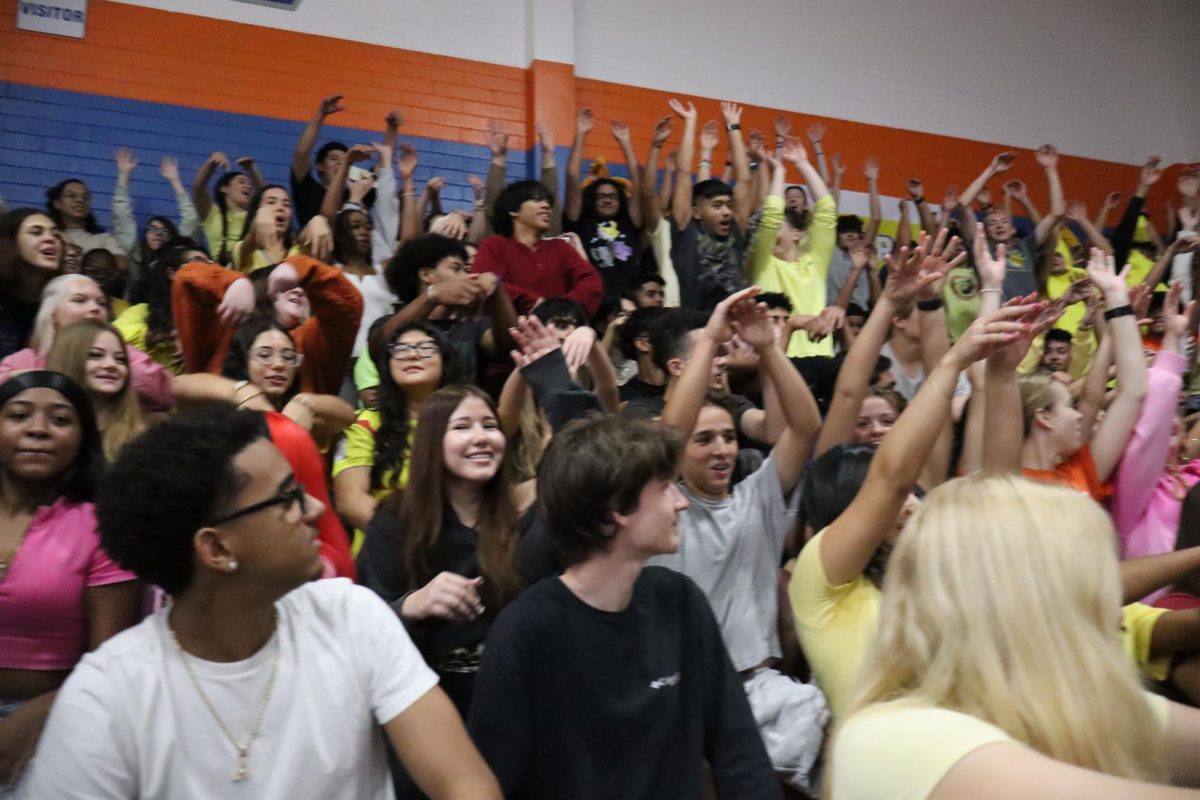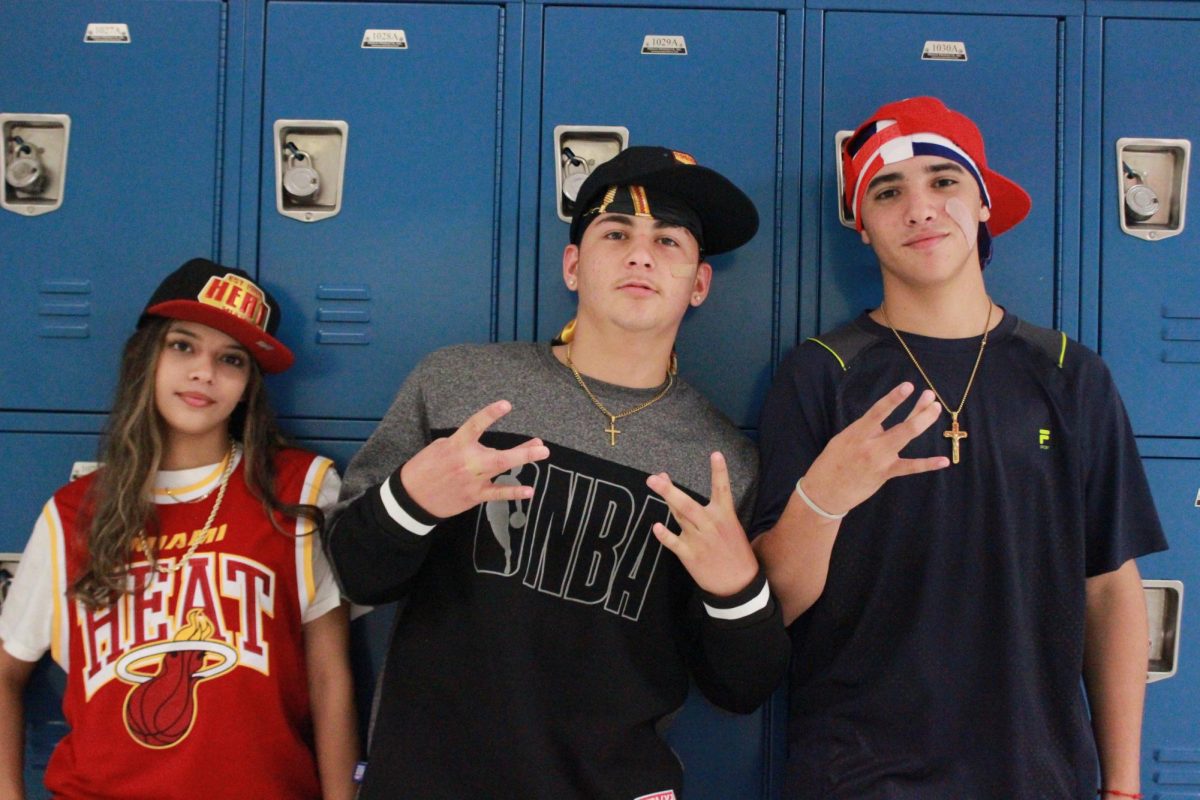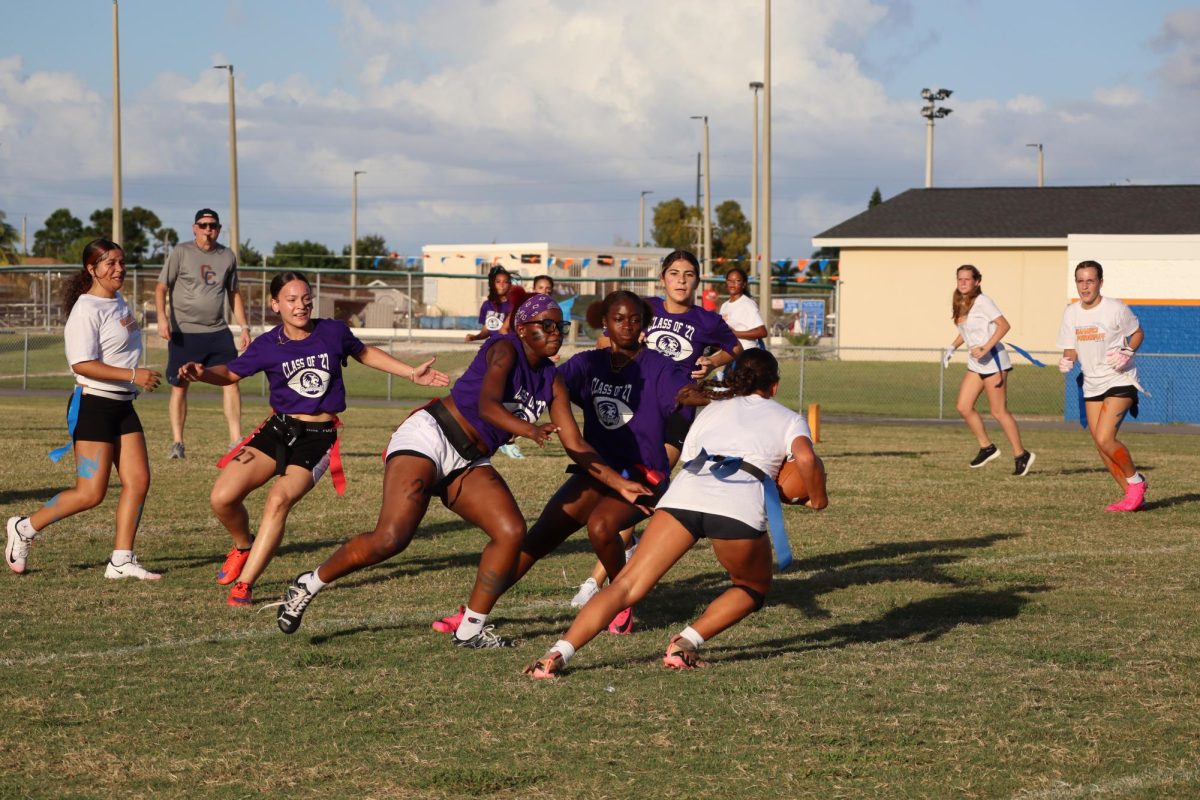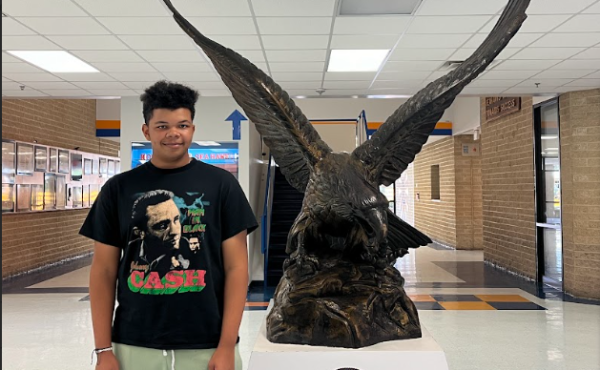Expectations for Netflix’s live action adaptation of the cartoon, Avatar: The Last Airbender, or ATLA, were wavering amongst fans. The last time the childhood cartoon was brought to life was in 2010 and with it formed mutual disappointment throughout the fanbase.
Live adaptations always have their flaws. The directors always want their project to be its own thing as opposed to a carbon copy of the original. This newer live action of ATLA is great, but if you’re looking for it to be the exact same as you remembered, then you are preparing yourself for yet another road of disappointment.
For starters, the two original creators, Michael Dante DiMartino and Bryan Konietzko were expected to help work on the new live action but ended up leaving in 2020 due to “creative differences”. This left a bad taste in fan’s mouths and affirmed that the show was already destined to fall short of what it should be.
ATLA is an epic storytelling inspired by Asian folklore mixed with action, drama, emotion, humanity, and more. It’s centered in a world of elemental magic that was torn apart by war. There are four nations that make up for the four core elements: the fire nation, the water tribes, the earth kingdom, and the air nomads, all being able to bend and manipulate their respective elements. It all started when the king of the fire nation, Sozin, played by Hiro Kanagawa, committed a genocide against all the airbenders to kill the avatar, a being able to manipulate all four elements and use it to mantain balance around the world.
Director Dave Filoni did an amazing job from the start. The show begins with one of the coolest and possibly even the best scenes of the show, an earth bender running through the fire nation streets to attempt to inform the earth kingdom of an attack premeditated by the fire king. The CGI all throughout the scene was merely incredible, from the earth bender manipulating the ground and the fire benders attacking back. This scene alone holds plenty of action and was very quickly paced, in a good way.
For the duration of the show there were plenty of action and fight scenes that were amazing. The CGI in the original ATLA movie was one of the main flaws and the show was able to severely improve and redeem that, especially the waterbending fights during episodes seven through eight. These fights were able to create visually stunning scenes.
The original cartoon holds a light and goofy tone at the beginning which the new live-adaptation takes away and replaces it with a more mature and serious tone. According to the showrunner, this was done to appeal to Game of Thrones fans for whatever reason. While the mature tone does give us a lot more insight on the seriousness and dramatics of this kids’ show, the original light tone is part of Aang’s whole character and taking most of it away from him is destroying his character in general and his future character development.
The removal of characterization turns out to be a big flaw of the new show considering they also took away a lot of Sokka’s, played by Ian Ousley, character. In the original animated series, Sokka was extremely sexist and was against women being warriors or fighting in general. While it may not sound or seem important to newcomers, Sokka’s sexism is a pivotal point in his future character arc. Throughout the series he becomes more accepting towards women and this is especially shown when Sokka meets the Kyoshi warriors and specifically Suki, played by Maria Zhang. Though they took away that part of his character, they thankfully kept his amazing sense of humor.
While the writing of many characters have differentiated from the original, it is partially made up for with the acting. Gordon Cormier, who plays Aang, was the perfect choice for the character, and would have done so much better if not for the lack of proper writing. There were plenty of scenes at which he excelled at portraying and a few scenes that felt like it was done after one take. Most of those poor scenes were of the more emotional and mature tones which should have been signs that it was not yet time for the show to go on that route.
Katara, played by Kiawentiio Tarbell, was one of the best actresses to play in this series, especially as a teen actor. She performed all of her scenes with perfection and was only limited by, once again, the poor writing. Similar to the other characters, Katara’s characterization was changed. In the animated version she expresses impulsiveness and rashness but in the live action, she seems to be pleased that she is only this helpful and quiet girl.
Once again, the writing becomes one of the show’s major flaws when telling the story. The show mixes plot points from season one into season two such as the “Cave of Two Lovers” episode. While it isn’t the worst thing they chose to do, there was no visible reason to introduce it in this season, especially if they chose to make Katara and Sokka travel through it together when Katara was originally with Aang and Appa. This is a plot point which highlights and signifies Katara and Aang’s future relationship, as this is the time where they share their first kiss.
The live action Avatar: The Last Airbender is quite honestly a great series and way better than the original movie, however, like all live adaptations it has its flaws. Usually it is the acting and, or even the CGI, but lately with most and recent, their biggest flaw is the writing, similar to the new Percy Jackson series. While both are way better films compared to their predecessors, nothing will be better than the original works.


